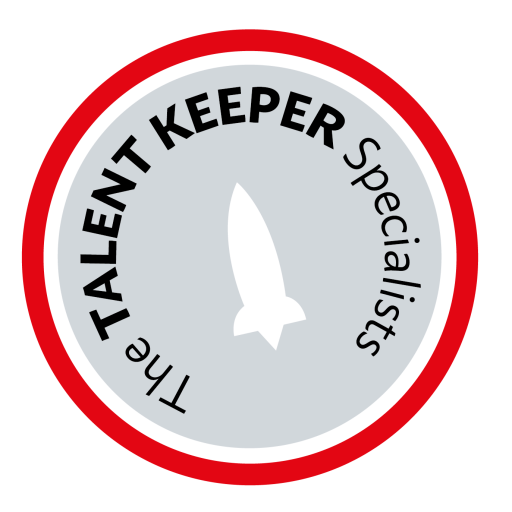Andy Haldane’s Recruitment Challenge
 Founder of the 30% Club, ex-CEO of Newton Asset Management and mother of nine, Helena Morrissey is full of sage advice for business leaders and women who want to see gender balance in the workplace in her book “A Good Time to Be a Girl”. One of our favourite extracts is the re-counting of Andy Haldane’s advice on how to increase diversity in teams.
Founder of the 30% Club, ex-CEO of Newton Asset Management and mother of nine, Helena Morrissey is full of sage advice for business leaders and women who want to see gender balance in the workplace in her book “A Good Time to Be a Girl”. One of our favourite extracts is the re-counting of Andy Haldane’s advice on how to increase diversity in teams.
I had the opportunity to share this with the London team of recruitment consultants at Huxley/SThree last month and think it’s an idea we need to spread far and wide.
From the chapter How CEOs can break the diversity barrier:
Andy Haldane, Chief Economist at the Bank of England, gave an insightful speech on diversity in 2016, entitled ‘The Sneetches’, after Dr Seuss’ children’s story of the same name, a parody of status and discrimination first published in 1961. In his speech Haldane challenged CEOs to consider whether their recruitment process really did encourage diversity.
The Recruitment Challenge
There are two candidates for a position, A and B. They do a test based on attributes useful for the hiring organisation. These tests might be state of the art, including all the diverse attributes one would wish for in an organisation – cognitive, interpersonal and experientail skills.
In this test out of 10, candidate A scores 8 and candidate B scores 4. Which one should be hired? The answer is easy. The evidence points strongly to A as the candidate best meeting requirements for the job. They have quite literally, ticked the right boxes. But let’s add a twist. What if the answers A gets wrong are the ones B gets right? And what is the questions existing employees get wrong are also the ones B gets right? In other words, what if candidate B brings skills to the organisation which otherwise do not exist?
The right recruitment decision for the organisation is then to choose B rather than A. Candidate B adds more to the collective ability of the organisation, even though they are weaker individually. The question is, how often would existing recruitment practices deliver such an outcome? In practice I think rarely. Individuals are typically judged on the alignment between their skills and those of the existing organisation. It takes quite a leap of faith to choose the candidate whose skills are misaligned with the hiring organisation.



Leave a Reply
Want to join the discussion?Feel free to contribute!